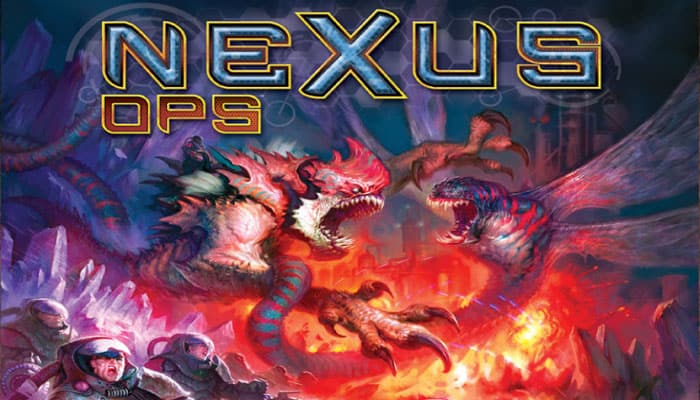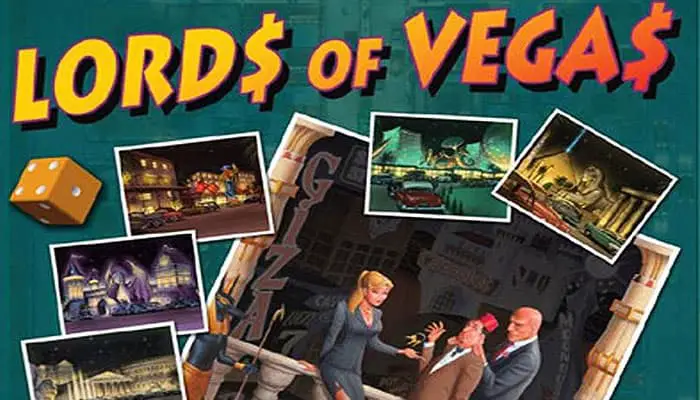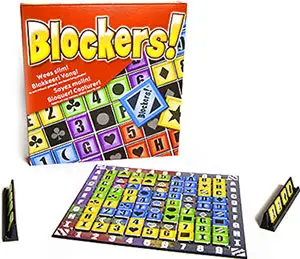
In Nexus Ops, two to four players control factions of corporate troops and indigenous life forms on an alien moon. Players deploy troops from their home bases as they explore the moon, mine resources, purchase troops, win battles, and fulfill missions to win the game.
Object of the Game
The object of the game is to earn 12 or more victory points by completing secret missions and winning battles.
Component List

- 12 Rubium Dragons (3 per faction)
- 16 Lava Leapers (4 per faction)
- 24 Rock Striders (6 per faction)
- 32 Crystallines (8 per faction)
- 32 Fungoids (8 per faction)
- 48 Humans (12 per faction)
- 7 Single-hex Tiles
- 6 Double-hex Tiles
- 4 Triple-hex Tiles (home base)
- 24 Exploration Tokens
- 71 Rubium Tokens
- 1 First Player Marker
- 4 Reference Sheets (1 per faction)
- 32 Energize Cards
- 36 Secret Mission Cards
- 40 Battle Victory/King of the Hill Cards
- 6 Six-sided Dice (3 white, 3 black)
Game Elements
This section describes the game's components. …
























 When you take your first die, also take a Can.
When you take your first die, also take a Can.









